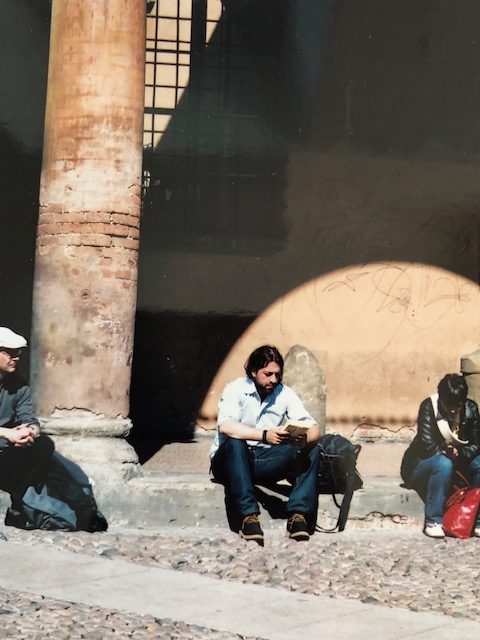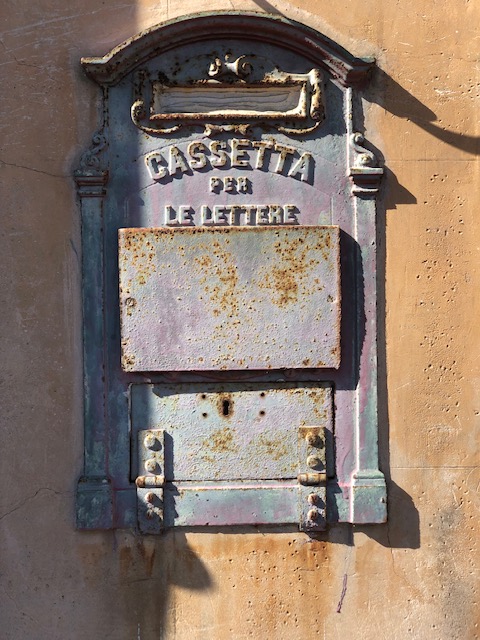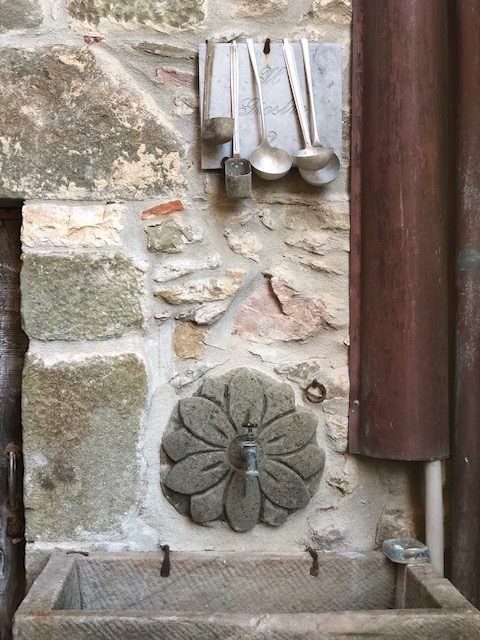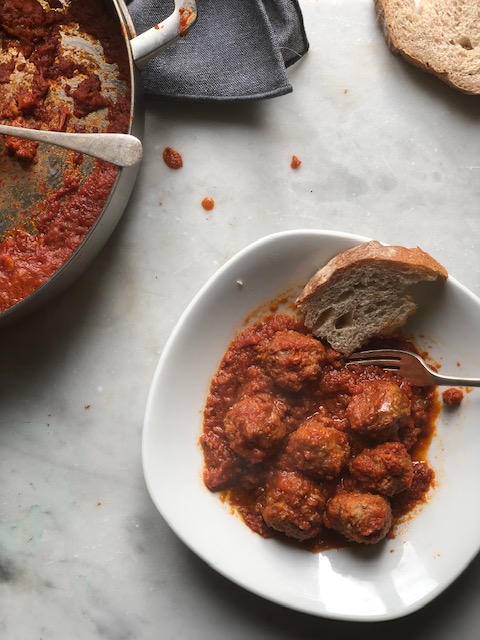

Having lived here for more than a decade, and with my Italian citizenship day fast approaching, I’ve been feeling the need to have “my own”, go-to polpette or meatball recipe. Comical, yes (am I secretly fearing a recipe pop-quiz on the day of the ceremony?), but nonetheless, on my mind. If I was going to become an Italian, I needed to act like one, and that meant cook like one.
I ought to clarify when I say “my own” meatball recipe. It’s not that I ever planned to create something new, rather just to borrow from one of the greats and have their masterpiece come to be associated with me. The recipe would need to be easy to make (& memorize – hello, pop-quiz), and the meatballs, robust and flavourful. If they were distinct (and superior) to my husband Massi’s (already pretty fantastic meatballs), then even better.
When I came across Milanese cook, Silvia Colloca’s recipe for Classic Polpette, I totally hit the jackpot. Reliable every time, her recipe creates unwaveringly wonderful balls of yumm. The flavour is mighty. It could be the combo of veal/beef and pork mince-meat, the saltiness of the parmigiano, or the little lift of the nutmeg that renders Italian meatballs so very moreish. But to my mind, where these balls knock it out of the park, is in the texture.
Like many other Italian meatballs, they are made soft with bread soaked in milk, but rather than being baked or fried, they are then cooked for several hours in a simmering pot of tomato sauce. This method not only saturates the balls with a richness of flavour, but it assures that the meat stays superbly moist. Woah … they are good!
As Silvia notes, despite the spirited stereotype of Italians sitting down to big bowls of spaghetti mingling with polpette, Italians generally eat the two separately. The rich tomatoey-red wine sauce the meatballs were simmered in is typically used to dress pasta for one meal, and for another meal, the meatballs themselves are devoured alongside crusty bread or polenta. I also like to add a simple salad or a plate of my fav greens.
So, there you have it. Check out below,“Kate’s (but really Silvia’s) (better than Massi’s) meatballs”
Now, I feel qualified to swear my allegiance to the Italian flag…


Meatballs in Tomato Sauce ~ Polpette al Sugo
*Ever so slightly modified from Silvia Colloca’s Classic Polpette
- 2 thick slices of stale bread, crusts removed cut into chunks
- 250ml milk
- 450g pork and beef mince combined
- 1 egg
- handful of flat-leaf parsley leaves, chopped
- pinch of nutmeg
- 35g freshly grated parmigiano
- salt flakes and pepper
- 3 tablespoons olive oil
- 1 onion, chopped
- 1 garlic clove, skin on, bashed with the back of a knife
- 125ml red wine
- 1 bay leaf
- 2 x 400g cans chopped tomatoes
Soak the bread in the milk for about 10minutes.
Place the mince, eggs, parsley, nutmeg, parmigiano, 2 teaspoons of salt and 1 teaspoon of pepper in a bowl. Using your hands or a spoon, mix well.
Squeeze the milk out of the bread, then add the bread to the mince mixture.
Roll the mixture into table tennis sized balls. Place on a tray, and chill in the fridge for around 15 minutes to firm up.
Meanwhile, heat the olive oil in a large frying pan over medium heat. Add the onion and garlic, and cook for a few minutes until the onion is translucent.
Remove the meatballs from the fridge, and add to the pan, browning them on all sides. Add the wine, scraping down any bits caught on the base and simmer for around 2 minutes to allow the alcohol to evaporate.
Remove the garlic from the pot. Add the bay leaf, tomatoes and 250ml water and bring to the boil. Then, reduce the heat to a low heat and simmer, uncovered for around 2 hours, stirring occasionally. Taste and season with salt and pepper if needed (*I have left the pot simmering for a much shorter stretch – poor time management on my part – the fullness of the flavour is compromised, but the meatballs are still superb. The skinny – the longer the simmer, the better … but all really good).
Serve as they are, or with crusty bread or soft polenta. Add a side of salad or a plate of your fav greens.
Silvia Colloca, (2021) Simple Italian The Essentials of Italian Home Cooking, Plum Publisher p252

